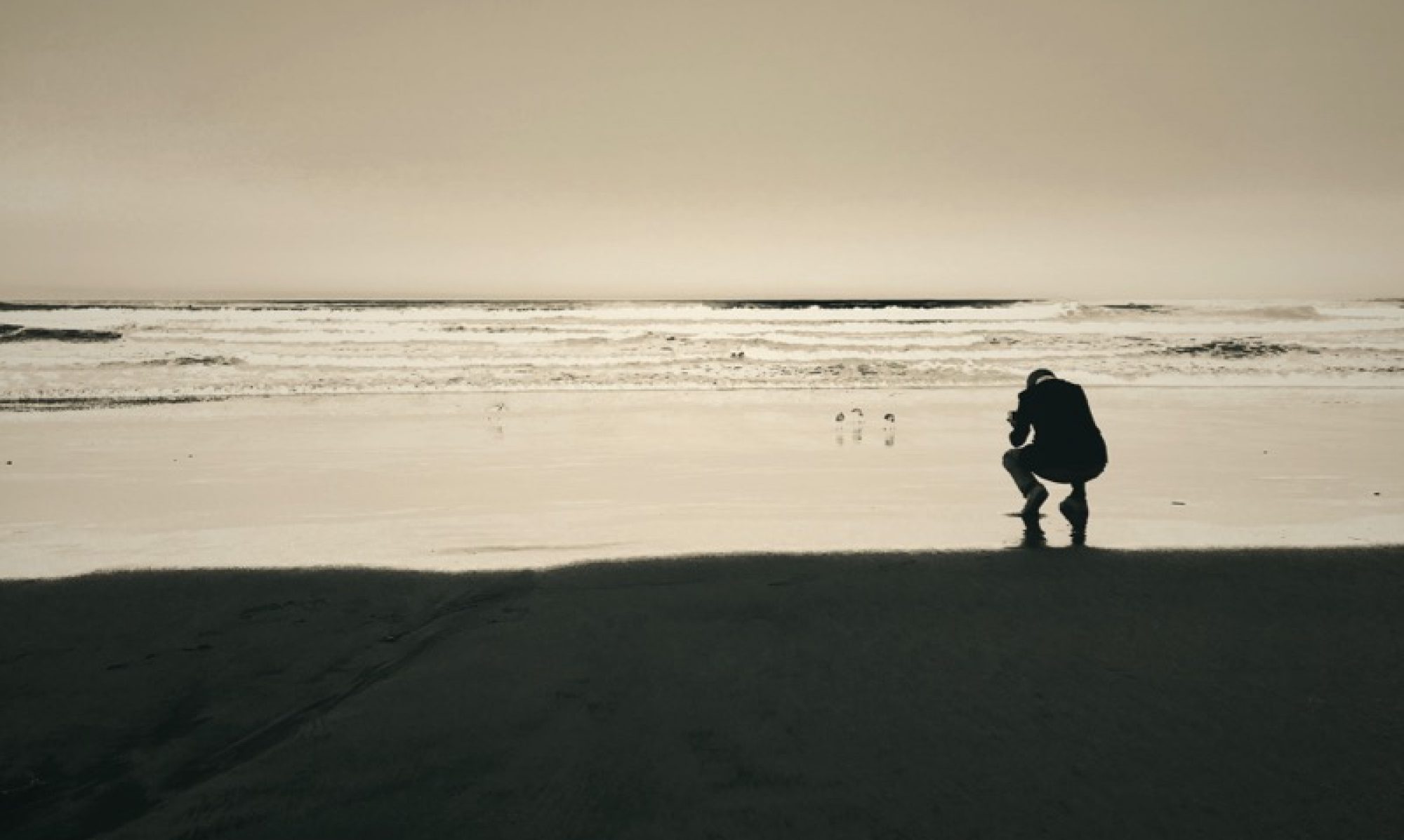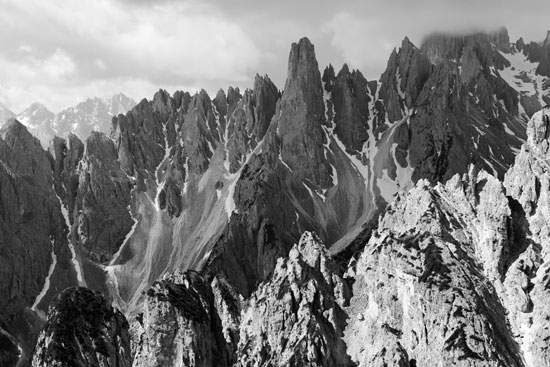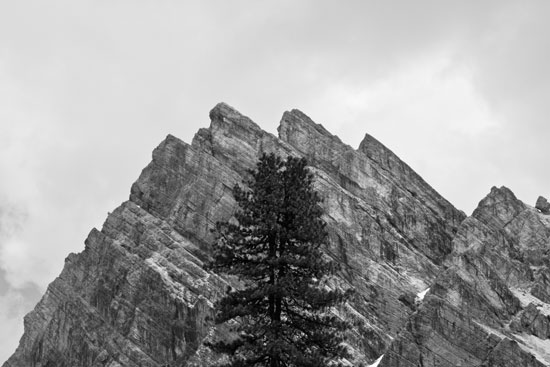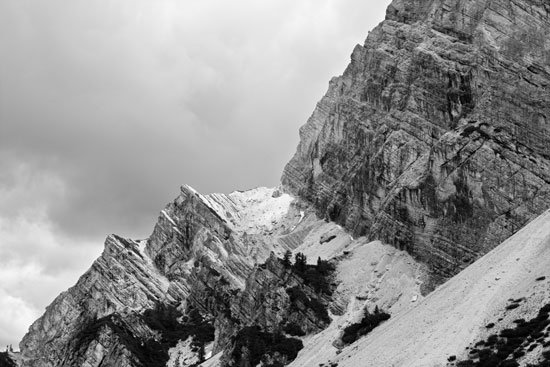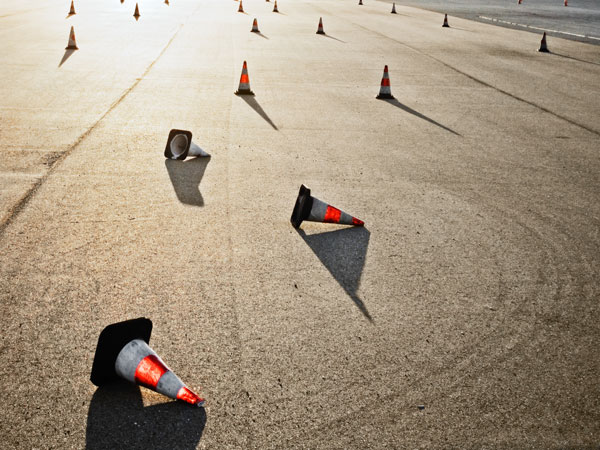
I don’t do a lot of gear talk here – but today’s announcement by Panasonic and Olympus to develop a heavily downsized “Micro Four Thirds” camera system with exchangeable lenses is great news (good gear head summary here, good technical analysis here). As of today, and until there are real products, basically your only choice is to buy a Canon or Nikon DSLR. Both of those systems, with mirror boxes, a plethora of legacy issues, and a lot of outdated lenses, stem right from the olden days of film (Sony and Pentax are no different in this respect). If, on the other hand, somebody started a comparable system from scratch today, using the latest technologies, the resulting camera system would look very different: smaller, no mirror box but electronic viewfinders instead, video mode, etc.; and while today’s digital compact cameras offer these features, they are kept dumb by the manufacturers to protect their cash cows – their DSLR lines.
Almost all camera manufacturers have been following this same strategy for a long time: to milk existing and largely outdated product lines as long as possible by offering piecemeal innovation, if even that. Panasonic and Olympus, on the other hand, have little to lose in the DSLR business. They do not have a large stake in that domain, and insofar were the most likely to make the first move. Rumor has it that both Canon and Nikon are to follow very soon, by filling the large gap between their existing DSLR and digicam lines. For me, all this will put an end to carrying around a lot of compromised cameras (both DSLRs and compact digicams), but concentrate on one small system again – a little like 10 years ago when I just owned two Leica M cameras and three lenses. Only this time, it will be a lot more fun…
